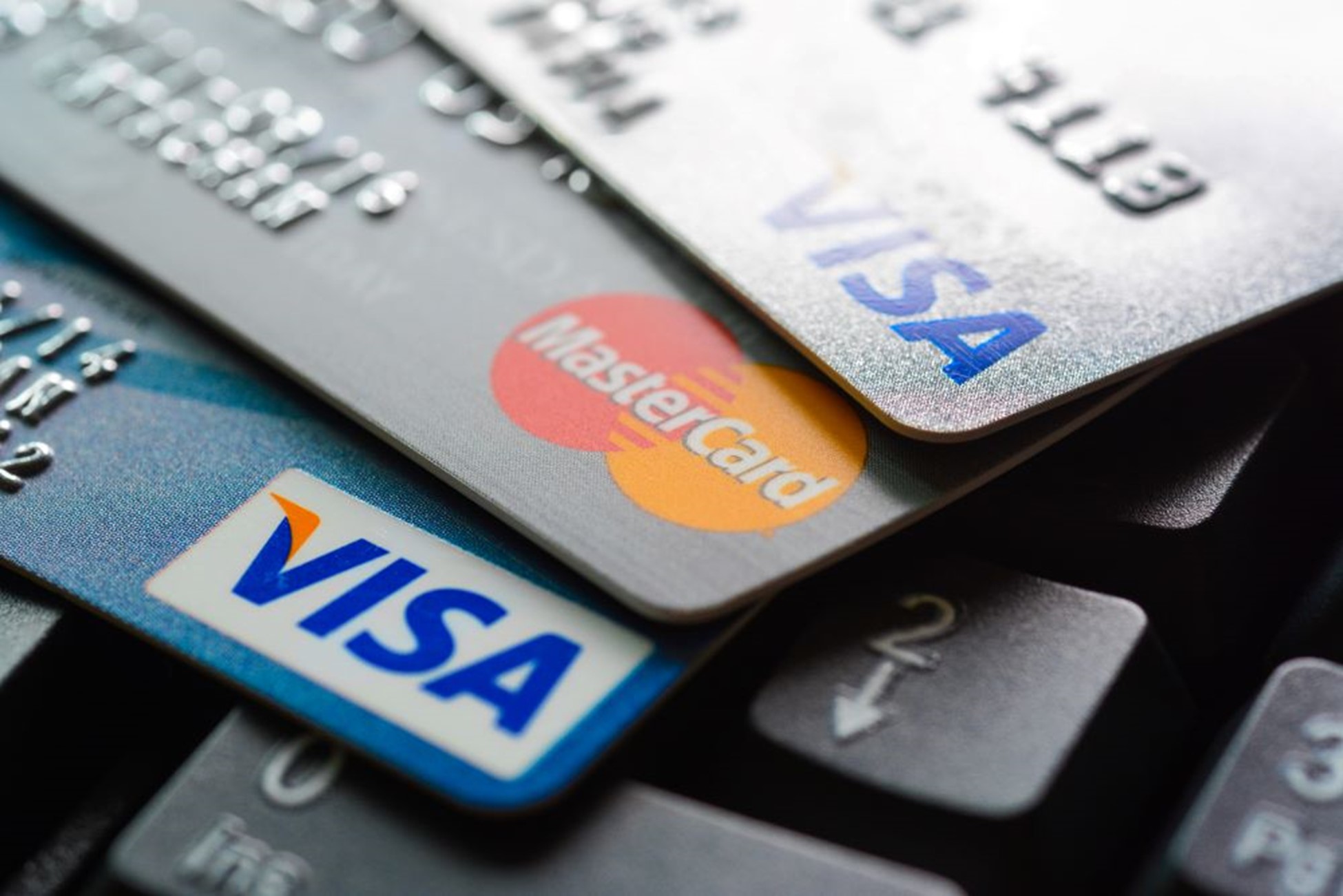
Are You Buying a House? How On-Time Rent Payments Affect Your Credit Score
November 25, 2021
Debt Consolidation: Pros and Cons
November 27, 2021One of the most damaging things that can happen to your credit is filing for bankruptcy. Once a bankruptcy appears on your credit report, it can negatively impact your credit score for years. Chapter 7 bankruptcy stays on your credit report for 10 years, while Chapter 13 bankruptcy stays on your report for seven years.
Although the effects of bankruptcy on your credit score lessen over time, some lenders won’t even consider applicants who have a bankruptcy on their credit history. Other lenders may charge higher rates and fees to mitigate their risk.
A credit card, however, is one of the easiest ways to start rebuilding your credit after bankruptcy if you can get one. Remember, for more tips on how to improve the quality of your life, visit www.credithealing.org.
CREDIT CARD AFTER BANKRUPTCY
If you declare bankruptcy, you should check your credit report and credit score. As a result, you’ll know where you stand in terms of credit card approval. It may also be a good idea to invest in credit monitoring, so you can track your credit score over time.
You can still qualify for a credit card after your bankruptcy has been discharged, despite the damage to your credit. Managed responsibly, a basic credit card can help you improve your credit score. You have two main options.
Secured Credit Cards
Post-bankruptcy, secured credit cards are your best bet for getting a credit card. To open, an upfront security deposit is required, which is usually equal to the limit of the card. A $500 credit limit card requires a $500 security deposit, for example. If you fail to pay, the credit card company may take your security deposit.
Other than that, secured cards work the same way as traditional credit cards. You can make purchases up to the borrowed amount. Interest can be charged on any balance carried over from month to month. Your credit score can improve if you manage your card correctly and report it to the credit bureaus.
For people with bad credit, secured credit cards typically have lower interest rates and fees than unsecured ones. Their low borrowing limits make it easier to pay down your balance each month and avoid taking on too much debt.
You may qualify for a credit limit increase or refund of your security deposit after demonstrating responsible use of your credit card.
Unsecured Cards
For people with poor credit or bankruptcy history, there are unsecured credit cards available. As with secured cards, these cards have low credit limits. One of the main advantages is that there is no security deposit required.
These cards are often associated with higher interest rates and fees, however. Generally, the riskier you are as a borrower, the more you will have to pay for credit.
HOW TO USE A CREDIT CARD AFTER BANKRUPTCY
After bankruptcy, getting a credit card won’t improve your credit score if you don’t use it the right way. Here are some tips to establish good credit history:
- Pay your bills on time. Your payment history is the most important factor that determines your credit score. Always pay at least the minimum balance by the due date.
- Maintain a low balance. Credit utilization refers to how much of your available credit you are using, and if your balance is too high, it will affect your credit score. Maintain a low balance to keep your utilization low.
- Keep your card open. As long as you manage your card responsibly, you should keep it open to increase the age of your account. The older your accounts, the better your credit will be.
- Pay your balance in full. Try to pay your balance in full every month. By doing this, you avoid interest charges and ensure that your credit utilization is very low at least once a month.
Is your personal information on the dark web? Make sure your identity isn’t at risk!


